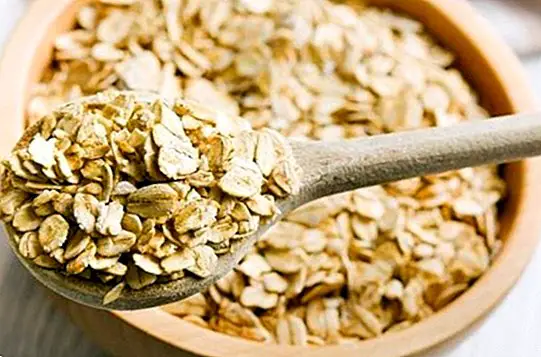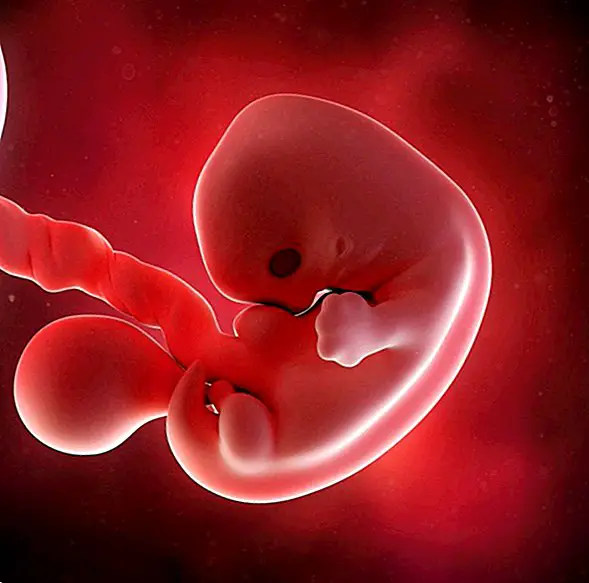Menstrual pain: when menstruation hurts
Explained quickly, and also more or less simple, we can say that the menstruation or period consists of the detachment and the expulsion of the endometrium outside the body of the woman. If fertilization does not occur, each month the inner layer of the uterus detaches, and the ovum is expelled in the form of blood through the vagina.
And how many days can this bleeding last? Usually it usually lasts approximately between 3 to 5 days, although this period of time varies in reality from many factors: diet and diet that the woman follows, stress and anxiety, suffering certain diseases ... And the period occurs every month, which means that every 28 to 30 days (in some women it can take more days), your body prepares for the ovulation cycle, and finally for the menstrual cycle.

What are the symptoms of menstrual pain?
The truth is that for many women the arrival of menstruation, every month, becomes a painful experience that they can not avoid. In fact, it is estimated that between 25% to 60% of women tend to suffer from dysmenorrhea (severe abdominal and / or pelvic pain that appears before or coincides with menstruation), while between 1% and 15% have more intense pain (severe dysmenorrhea).
In addition, other related symptoms appear, such as lumbar (kidney) pain, ovarian pain, headaches, fatigue, fluid retention, diarrhea or constipation, nausea and vomiting, swelling, irritability and anxiety.
Why does menstruation hurt?
Many doctors agree in pointing out some culprits: prostaglandins, chemical substances found in the walls of the uterus, and that increase until menstruation occurs, responsible for uterine contractions.
These substances are released during menstruation in order to promote the detachment of the endometrium, and among other aspects tend to increase the sensitivity to pain in women. This is why menstruation hurts, and for this reason-above all-the uterus and the area of the lower abdomen tend to pain.
And what about the rest of symptoms and discomfort? The causes are also simple: they can be explained precisely from the different functions of the protaglandinas.
Menstrual pain treatment: how to relieve it
There are some basic tips and guidelines that, every month, can help you when it comes to relieving the pain caused by menstruation. They are the following:
- Change your diet: follow a varied and balanced diet, eliminating refined foods and preserves. Distribute the meals throughout the day (remember that it is best to eat between 5 to 6 times a day, distributing meals and in small quantities). During your own menstruation you can opt for something sweeter (such as fruits and nuts like raisins), and those that increase serotonin, such as pasta and bread.
- Eliminate these foods during the menstrual period: margarine and butters, coffee, chocolate, chips, salt, pastries and drinks with gas or alcohol.
- Opt for the following foods: whole grains, fresh vegetables and fruits, bread, pasta, brown rice, white meat, nuts and seeds.
- Consume beer yeast: Brewer's yeast is rich in B vitamins (it helps increase serotonin levels), as well as zinc and selenium (they improve correct hormonal function).
- Make an infusion with any of these plants: borage, sage, calendula, verbena, yarrow, mugwort, lavender and fennel.
Image | Sarah This article is published for informational purposes only. It can not and should not replace the consultation with a Physician. We advise you to consult your Trusted Doctor.



